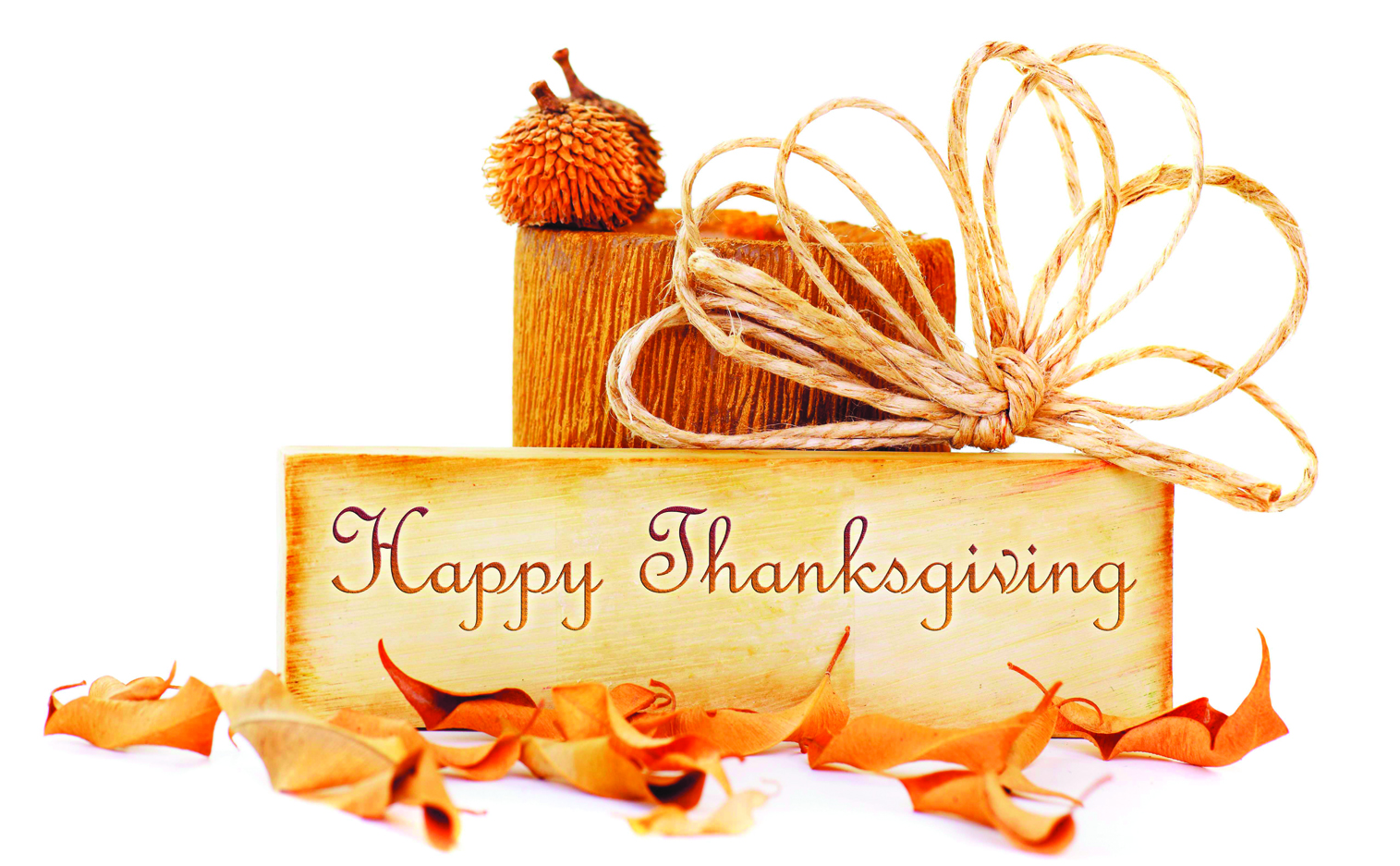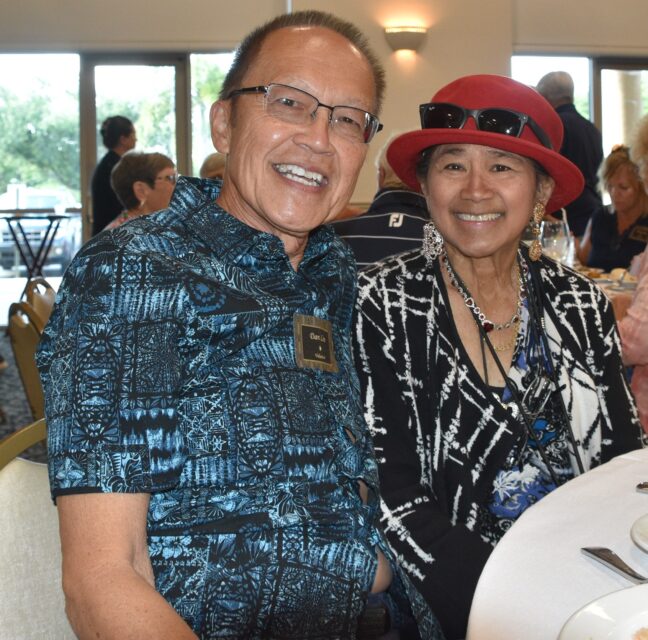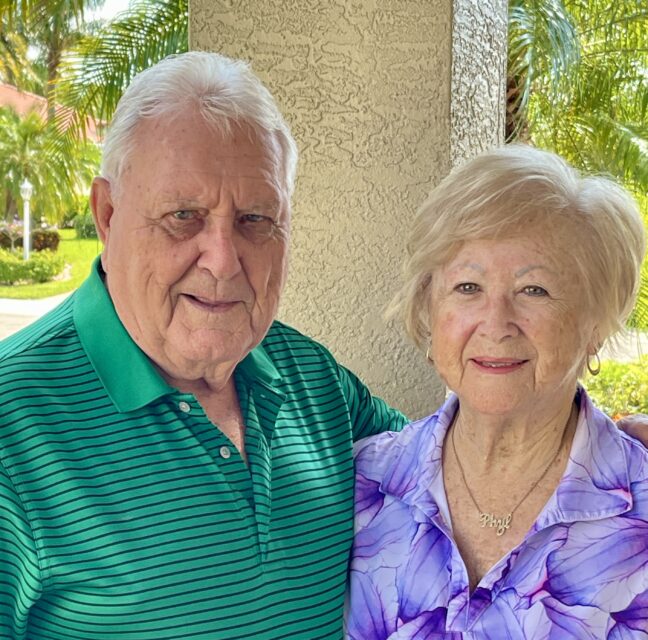
In a 1789 proclamation, President George Washington called on the people of the United States to acknowledge God for affording them “an opportunity peaceably to establish a form of government for their safety and happiness” by observing a day of thanksgiving. Devoting a
day to “public Thanksgiving and prayer,” as Washington called it, became a yearly tradition in many communities.
Thanksgiving became a national holiday in 1863. In that year, during the Civil War, Abraham Lincoln made his Thanksgiving Day Proclamation. He asked his fellow citizens “to set apart and observe the last Thursday of November next as a day of thanksgiving and praise. …” It was not until 1941 that Congress finally designated the fourth Thursday in November as Thanksgiving Day, thus creating a federal holiday. But, of course, Thanksgiving did not originate due to presidential proclamations. Native American festivals had been celebrated centuries before the late 16th-century colonial celebrations. Thanksgiving, as we know it today, began in the early 1600s when settlers in both Massachusetts and Virginia came together to give thanks for their fields and faith. The most widely known early Thanksgiving is the celebration of the Pilgrims in Plymouth, Massachusetts. They feasted for three days with the Wampanoag people in 1621.
Did the Pilgrims and Wampanoags feast on turkey? Nobody knows for sure, but “wild fowl” is certainly mentioned in historical accounts along with venison and shellfish. So why is a traditional Thanksgiving celebrated with turkey today? It is because at one time turkey was considered a rare treat. During the 1830s, an eight-to-10-pound bir cost a day’s wages. Even though turkeys are affordable today, they remain a “celebratory symbol of bounty.” In fact, astronauts Neil Armstrong and Edwin Aldrin ate roast turkey in foil packets for their first meal on the moon.






